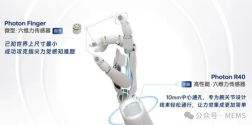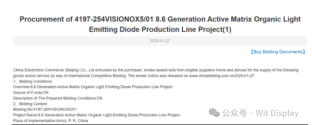Huali Chuang Science has developed the world's smallest optical six-dimensional MEMs force sensor and completed a multi-million yuan A+ round of financing
Recently, Huali Chuang Science announced that it has completed a multi-million-yuan A+ round of financing, which was exclusively invested by Polylite, a leading listed company in the field of metal 3D printing. It is disclosed that the funds raised in this round of financing will be used to deeply explore high-performance optical multimodal sensing technology, combined with the advantages of metal 3D printing technology in product lightweighting, special material application, mass production cost, etc., to provide a powerful and cost-effective six-dimensional force sensing solution for the embodied intelligence field represented by humanoid robots, and promote the development of the embodied intelligence industry.
Huali Chuang Science has developed a "head-to-toe" six-dimensional force sensing solution. In response to the gap in humanoid robot knuckle force perception, in June 2024, Huali Chuang Science released the world's smallest known optical six-dimensional force sensor Photon Finger , which for the first time miniaturized the size of multi-dimensional force sensors to the millimeter level, overcoming the miniaturization problem of six-dimensional force sensors. At the same time, with the support of metal 3D printing, the cost has been greatly reduced, and the products have been used in companies such as Tencent, Qiangnao Technology, and RoboSense. In view of the high performance, lightweight, and easy integration required for the six-dimensional force sensing of the humanoid robot wrist, in December 24, the six-dimensional force sensor PhotonR40 with a central through-hole structure was launched, which greatly reduced the difficulty of integrating the force perception of the humanoid robot wrist joint. This product used metal 3D printing technology for the first time to complete the mass production of the core structure, and has been used by many customers.




